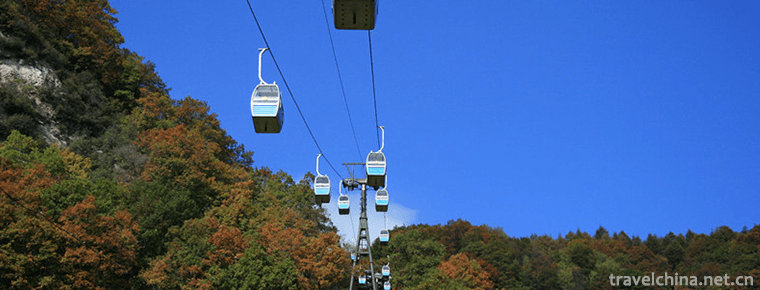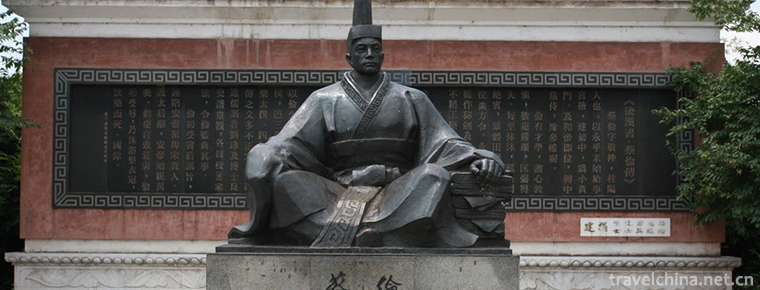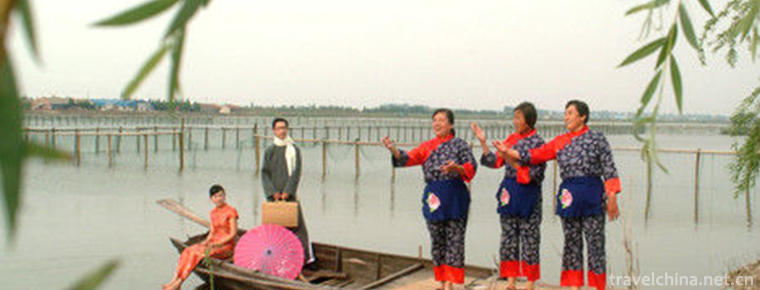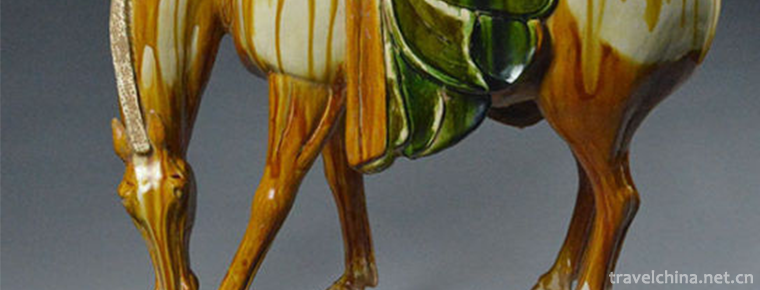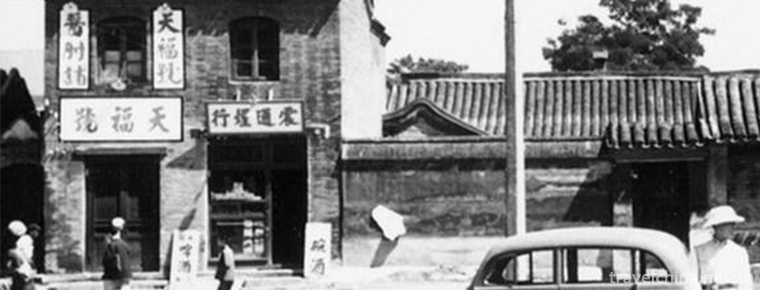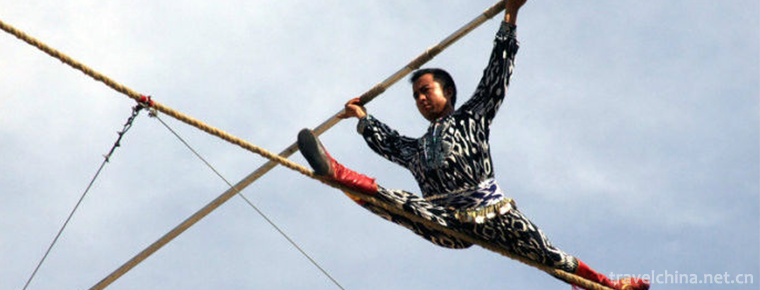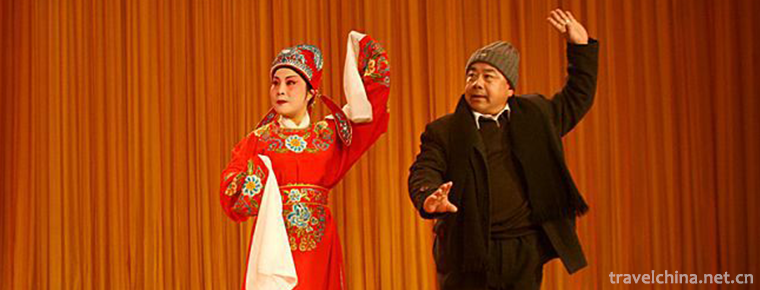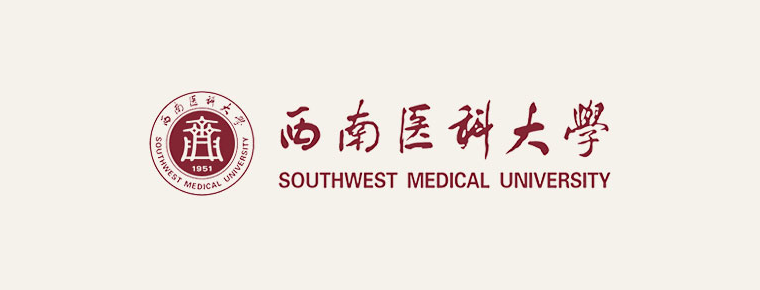Jiangnan bamboo
Jiangnan bamboo
Chinese traditional instrumental music, silk and bamboo, is popular in southern Jiangsu and Zhejiang. After the Revolution of 1911, great progress was made in Shanghai, and organizations such as Juntian Collection, Qingping Collection, Elegant Songs Collection and National Music Research Society were established successively. Frequently played are "Happy Song", "Yunqing", "Street", "Four Harmonies", "Three Six", "Slow Three Six", "Zhonghua Six Board", "Slow Six Board", "Eight Famous Melodies". In addition, music such as Lao Liu Ban, Quick Six Banks, Neon Clothes, Liu Qingniang, Pigeon Flying, Alpine, Running Water and Laminated Building are also popular. The Orchestra of Silk Bamboo in the south of the Yangtze River is usually composed of 7 to 8 people, with a small number of 3 to 5 people.
Silk bamboo in the south of the Yangtze River is also one of the national intangible cultural heritage.
In December 2018, the General Office of the Ministry of Education announced that Suzhou University is an excellent traditional cultural heritage base of silk and bamboo in the south of the Yangtze River.
brief introduction
The music structure of Silk Bamboo in the south of the Yangtze River is mainly composed of two types: plate-style change and qu-pai conjunction, and the plate-style change technique is the most characteristic. It tends to use a musical card as its mother song and develop into several independent pieces by slowing down the adding of flowers or accelerating the subtraction of words. For example, the folk instrumental music "Lao Liu Ban" evolved into five pieces of music, commonly known as "five generations together". It evolved from fast to slow, from simple to complex. The first song "Old Six Boards", the flowing board, the melody is simple; the second song "Fast Six Boards", the flowing board, the melody is vivid and lively; the third song "Middle Six Boards", one board and one eye, the melody is light and smooth; the fourth song "Middle Six Boards", one board and three eyes, the melody is fluent and the speed is moderate, the most famous in the five songs; the fifth song "Slow Six Boards", one board and seven eyes, the melody is elegant and slow. These five pieces can be played independently or in the opposite direction according to the playing procedure. For example, starting from the fifth song Slow Six Boards, they can be played from slow to fast, from complex to simple in sequence.
The silk and bamboo melodies in the south of the Yangtze River are beautiful in lyricism and fresh and fluent in style. The flute performance pays attention to the use of breath. The tenor is melodious and clear, the bass is implicit and tactful, and the timbre is mellow and mellow. The melody is often embellished with such techniques as pronunciation, relief, donation, tremolo and so on. Erhu bow method is full and soft, and its strength changes delicately. Left hand is used to penetrate, tape, left side tone and hook tone. Especially with various slippery tone techniques, it constitutes the delicate, delicate and bright personality of Jiangnan silk and bamboo. Instrumental music is popular in southern Jiangsu, Shanghai and Western Zhejiang. The band is mainly composed of silk strings and bamboo wind instruments, so it is called silk and bamboo music. It was popular among the people at least before 1860 in the Qing Dynasty.
Silk and bamboo music
Jiangnan silk bamboo is a very popular instrumental ensemble form of Qiandeng, whose founder Tao Lan is Qiandeng Ren. Every wedding and funeral festival, Qiandeng people should use this to increase the festive atmosphere, or to mourn their loved ones. The silk and bamboo instruments in the south of the Yangtze River are basically composed of silk strings and bamboo wind instruments, including erhu, pipa, yangqin, three strings, flute, Sheng and xiao, and some percussion instruments such as drums and boards. There are two or three people in the compilation, and seven or eight in the compilation. In ensemble, each instrument is full of distinct individuality and harmony with each other. Variations of flower are commonly used. The style is elegant and gorgeous, the melody is smooth and euphemistic. It reflects the industrious, simple, meticulous and implicit characteristics of Jiangnan people. The Silk Bamboo Team of Qiandeng is very common. There are many silk and bamboo classes among the people, serving the wedding and funeral festivals. Qinfeng Silk and Bamboo Team is organized in the town. It has rehearsal rooms and musical instrument showrooms. Twelve members mainly come from enterprises and institutions such as Wenguang Station and schools. They perform daily in the Silk and Bamboo Hall for tourists.
The silk and bamboo Orchestra in the south of the Yangtze River is named because it mainly consists of Erhu, Yangqin, Pipa, Sanxian, Qinqin, flute, Xiao and other silk and bamboo instruments. Silk and bamboo music is very popular in cities and countryside in these areas, but its style is totally different. The style of city silk and bamboo music is elegant and gorgeous, with more flowers, and it is widely spread; while gongs and drums are commonly used in rural areas, with warm atmosphere and simple style.
Musical characteristics
The greatest characteristic of Jiangnan silk bamboo is its fine playing style. When playing, each part of the instrument is full of individuality and harmony, and the polyphonic texture of supporting tone has its own characteristics. Music mostly comes from folk music of weddings, funerals, festivals and temple fairs in China, and some are classical music cards that have been circulating in Chinese people for a long time.
Valuable legacy
The emergence and continuation of silk and bamboo music in the south of the Yangtze River play an important role in the study of the history of Chinese national music and the development of opera, folk culture and mass culture. Silk bamboo in the south of the Yangtze River is one of the outstanding representatives of the water culture in the south of the Yangtze River.
By the 1960s and 1970s, the traditional Jiangnan Silk and Bamboo Band Society had been dissolved by itself. Up to now, old artists over 70 years old have passed away one after another, and there are few successors. In addition, the traditional repertoire of silk and bamboo in the south of the Yangtze River is becoming more and more endangered.
The state attaches great importance to the protection of intangible cultural heritage. On May 20, 2006, Jiangnan silk bamboo jointly declared by Taicang City, Jiangsu Province and Shanghai City was listed in the first batch of national intangible cultural heritage list with the approval of the State Council.

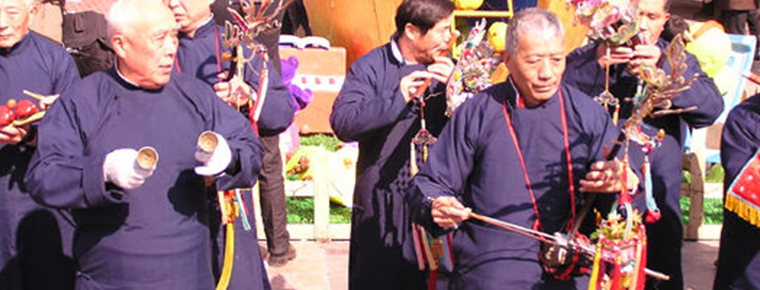
-
Wuyuezhai Scenic Area
Wuyuezhai Scenic Area, National Forest Park, AAAAAA Tourist Area, is located in the eastern foot of Taihang Mountain, located in the northwest of Lingshou County, Hebei Province.
Views: 165 Time 2018-12-22 -
Du Shoutians former residence
Du Shitian's former residence is the old residence of Du Shitian, the emperor's teacher of the Qing Dynasty, as well as the old residence of many famous officials of the Du family. Located in Binzhou .
Views: 144 Time 2019-01-08 -
Treasure roll
Baojuan is a traditional Chinese literary form of rap and singing, which evolved from the folklore in the temples of Tang Dynasty. Most of the authors are monks and nuns..
Views: 499 Time 2019-04-04 -
Cai Luns Paper making Legend
Cailun Paper-making Stories and Legends are legends circulated in Cailun's fiefdoms, burial sites and experimental sites of Yangxian Longting and surrounding areas..
Views: 206 Time 2019-04-04 -
Jiashan Tian Ge
Jiashan Tiange is a local folk song in Zhejiang Province. It belongs to a variety of Wuge songs. It is a unique form of ballad in Zhejiang Province. It is a song that workers sought comfort and expres.
Views: 304 Time 2019-05-05 -
Tang Sancai Techniques
Tang tri coloured firing technique originated from the early Tang Dynasty. The tri coloured glazed pottery of Tang Dynasty, as the essence of traditional Chinese art in the Tang Dynasty, has a history.
Views: 121 Time 2019-06-18 -
Manufacturing Techniques of Tianfu Sauce Elbow
Tianfu Sauce Meat Shop was founded in 1738, the third year of Qianlong in Qing Dynasty, when Shandong was in a severe drought and there was no grain harvest. Liu Fengxiang, a man from Yexian County, S.
Views: 166 Time 2019-06-20 -
Uygur Dawazi
Dawazi is an ancient traditional acrobatic performing art of the Uygur people. "Da" means "hanging" in Uyghur, and "Wazi" means someone who likes to do something. The wor.
Views: 85 Time 2019-06-26 -
Yihuang Opera
Yihuang Opera, formerly known as Yihuang Ban and Yihuang Diao, is one of the national intangible cultural heritage in Yihuang, Nancheng, Nanfeng and Guangchang counties of Jiangxi Province, as well as.
Views: 333 Time 2019-07-12 -
Southwest Medical University
Southwest Medical University is an ordinary university in Sichuan Province. It is located in Luzhou, a famous historical and cultural city and a civilized city in the region of Sichuan, Yunnan, Guizho.
Views: 121 Time 2019-08-31 -
Luoji Mountain Scenic Spot
Luoji Mountain scenic area is located in Puge County, Sichuan Province, with a total area of 2400 square kilometers, of which the main scenic area is 1083 square kilometers, and the main peak is 4359 meters above sea level..
Views: 71 Time 2020-10-16 -
Nanchong economy
In 2019, Nanchong's GDP will reach 232.222 billion yuan, an increase of 8.0% over that of 2018. Among them, the added value of the primary industry was 40.425 billion yuan, an increase of 2.9% over 2018; the added value of the secondary industry was .
Views: 339 Time 2020-12-17
